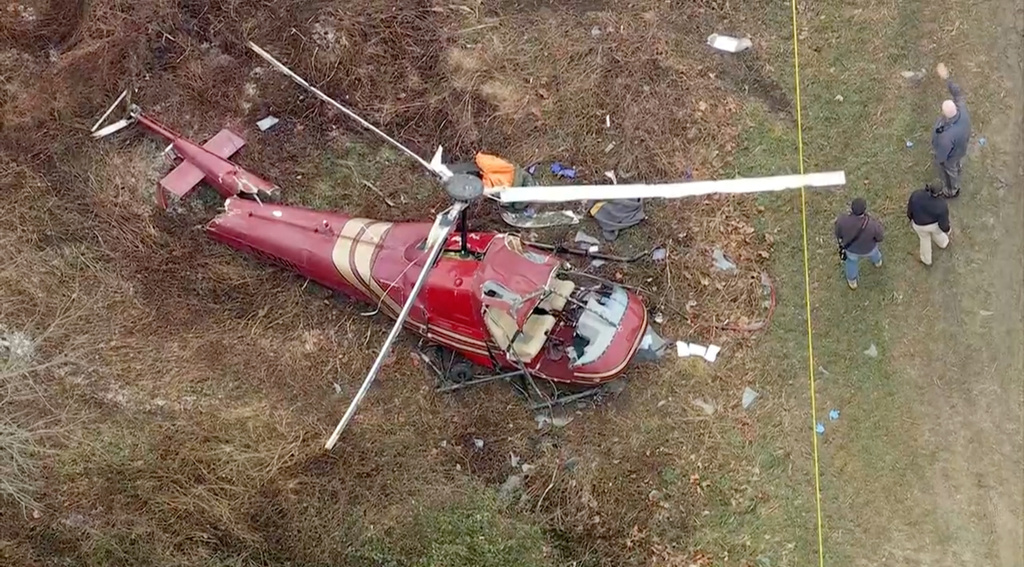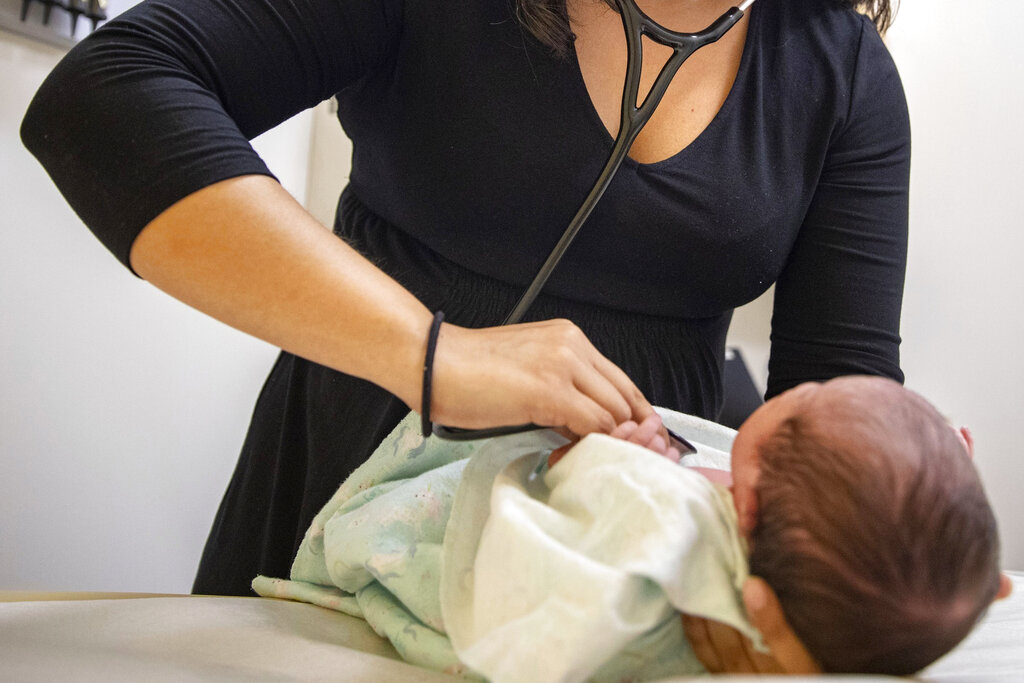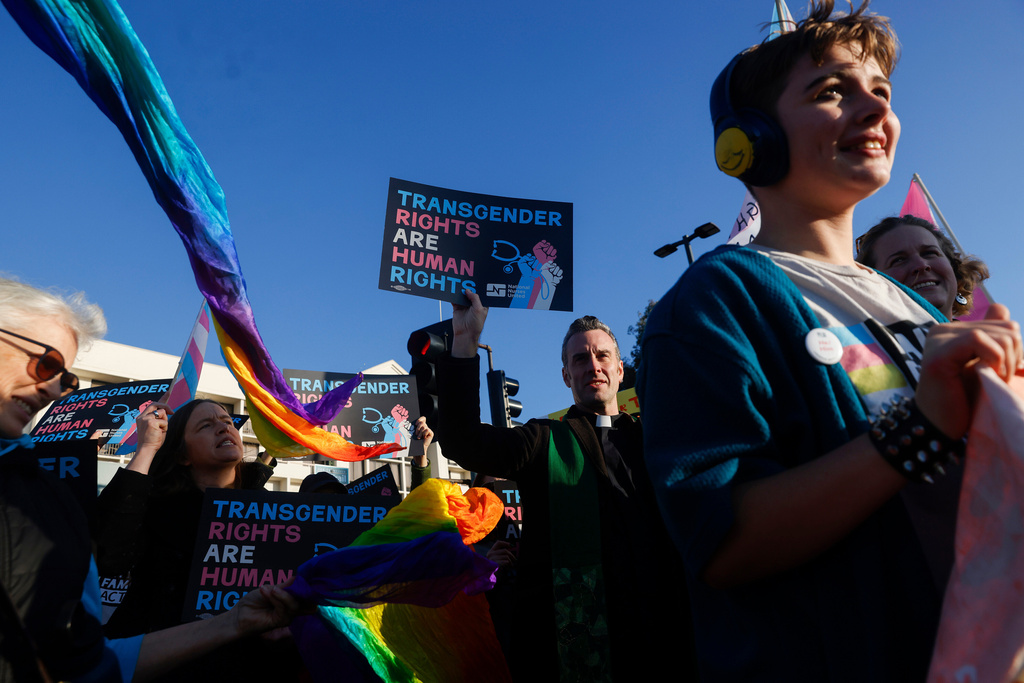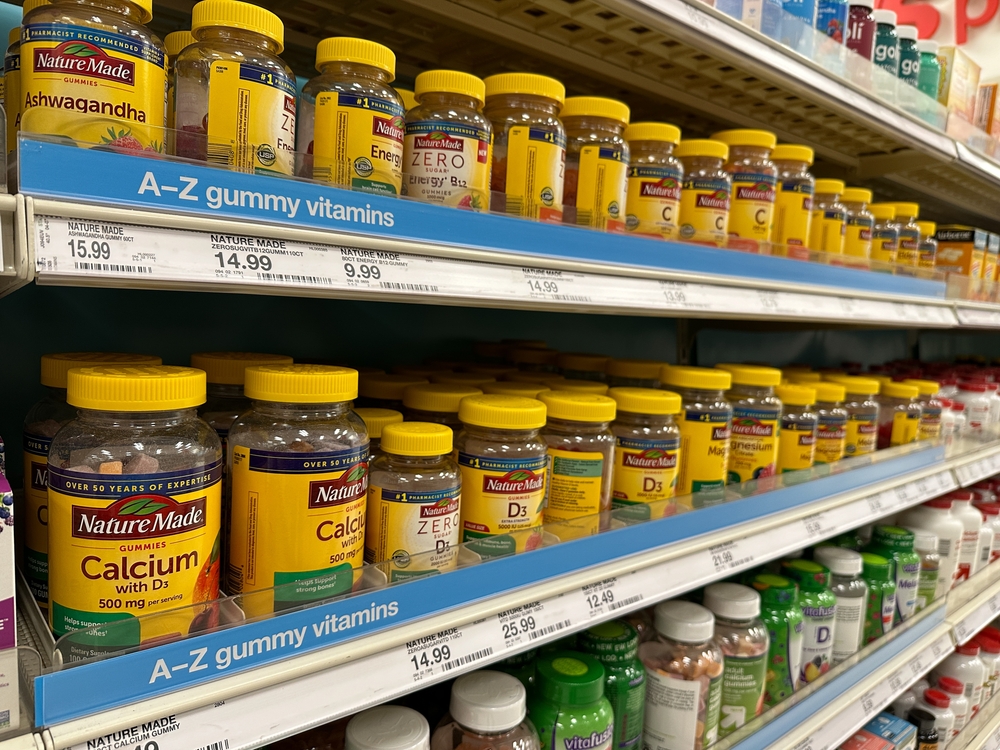"She loved to dance and sing. So I was also into dancing and singing. So I really miss dancing with her," says Rosalie Castro.
Castro lost her twin sister Rosary to the coronavirus in March. Rosary was a sister, a mother and — like her twin — a nurse. And because they sometimes worked together in the same L.A. hospitals, right after Rosary passed, a coworker mistakenly called Castro by her sister's name.
"I didn't want to pass out at that time so I squatted against the wall and I just started crying in agony and the whole floor heard me. All the nurses came to where I was. I was kneeling on the floor crying because I missed my sister so much," says Castro.
Filipino American nurses like Rosary are disproportionately killed by COVID-19. National Nurses United says that 31.5% percent of the nurses who died from the virus are of Filipino descent, despite making up just 4% of the registered nurses in the U.S. Many work in nursing homes where COVID has been particularly problematic.
"A lot of our Filipino Americans work in areas in units where it COVID-19 patients are being cared for and because of the lack of personal protective equipment. Filipino American nurses are dying," says nurse and president of the National Nurses United Zenie Cortez.
According to the study, 58% of nurses who died are people of color, and of all nurses who are people of color, more than half of them are Filipino.
Since the 1960s, after the U.S. established nursing programs in the Philippines, over 150,000 Filipino nurses have immigrated to the US. About a third of all foreign-born nurses in the U.S. today come from the islands, and they work alongside generations of American-born Filipino nurses as well.
"A number of us are able to stay at home, we are able to shelter in place and work at home. But Filipino nurses who are working on the front lines in this country don't have that privilege. And so one of the things that we can do is learn about their presence. Learn about their history, and the historical contributions they have made to American health care," says historian Catherine Choy who wrote about the history of Filipino American nurses.
In a website called Kanlungan, which means shelter, Jollene Levid and a group of five volunteers have been keeping track of Filipino health care workers around the world who have died from COVID. Based on her data: about three times as many Filipino health care workers have died in the U.S. than in the Philippines.
"We know some of the most difficult tasks that we have for the website, people think it might be the research. It's actually going through photos of the deceased and trying to choose the one that shows them in their joy," says Kanlungan researcher Jollene Levid.
On one of those pages is Rosary Castro-Olega. Levid calls her "tita" or aunt. They're not related but she was a close family friend—creating this website was one way to remember her and the so many nearly forgotten Filipino health care workers.
"My sister died from this virus. Nurses, I know we have to work and make a living. But if you're sick, take care of yourself because you only have one life to live."




 Inside The U.S.' First COVID-19 Vaccine Clinical Trial For Kids
Inside The U.S.' First COVID-19 Vaccine Clinical Trial For Kids






